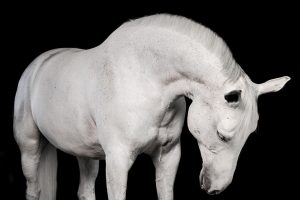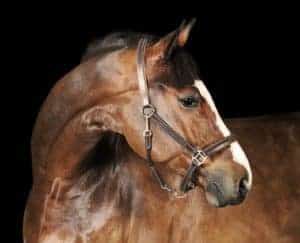
Close Contact: Kissing Spines in Horses
How veterinarians diagnose and rehabilitate horses suffering from kissing spines.

How veterinarians diagnose and rehabilitate horses suffering from kissing spines.

An equine nutrition expert addresses toplines, horse protein needs, and if whey is the way to go.

Find out how veterinarians diagnose and treat this complex condition.

Discover 9 physical and behavioral reasons your horse might be kicking up his heels.

One expert explains why horses typically experience back pain and how veterinarians can treat and prevent it.

Two veterinarians share how they diagnose, treat, and rehab back-sore horses.

Data show frequent use of this OA treatment over time could be harmful in horses.

Veterinarians: Follow these 4 steps to maximize the success of injections in this region of the horse’s neck and minimize the risk of complications.

How veterinarians are applying computed tomography in equine medicine and what they’re learning about its use.

Conformation, saddle fit, rider body weight, and training practices can all influence your horse’s topline. Learn more in this article from The Horse‘s Winter 2023 issue.

Do we underestimate the impact of ill-fitting tack on our horses? Learn how to assess saddle fit in this article from the Riding Horse 2023 issue of The Horse.

Do you suspect your horse is lame? Here we’ll show you how to fine-tune your riding senses to recognize lameness when you’re on your horse.

What are the most common neck issues in horses and how are research and technological advancements helping veterinarians diagnose them?

Learn to recognize the signs of equine back pain and what therapies are available.

Two veterinarians explain why horses develop hunter’s bumps and how to treat them.

Back pain in horses can be challenging to overcome, but you can address and prevent it with diligent management and rehabilitation.
Stay on top of the most recent Horse Health news with
© 2022 Copyright Statement dolor sit amet, consetetur sadipscing User Terms, sed diam nonumy eirmod tempor invidunt ut labore et dolore magna aliquyam erat, sed diam voluptua. At vero eos et accusam et justo duo dolores et ea rebum. Stet clita kasd gubergren, no sea takimata sanctus est Lorem ipsum dolor sit amet.
"*" indicates required fields